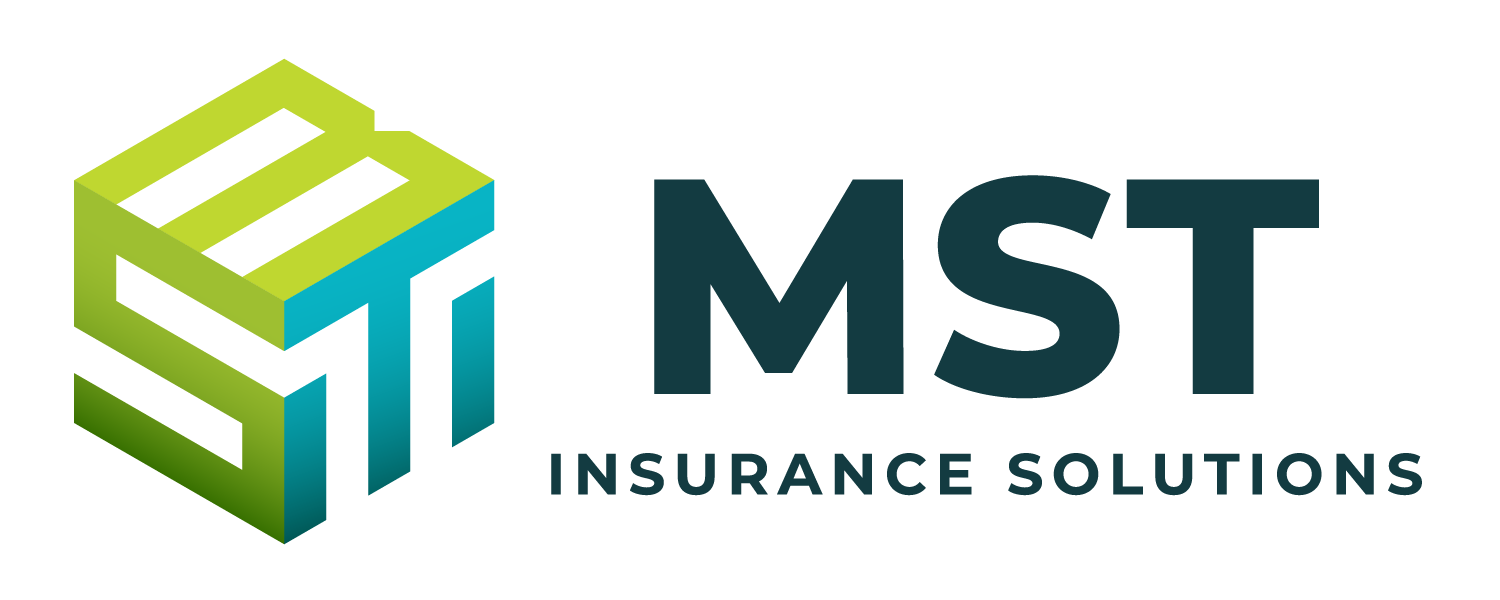Each year, the Kaiser Family Foundation conducts a survey to examine employer-sponsored health benefits trends. This document summarizes the main points of the 2022 Employer Health Benefits Survey.
Health Insurance Premiums
In 2022, the average premium for single and family coverage remained relatively similar to the 2021 premiums. The average premiums were $7,911 and $22,463, respectively. Average premiums have risen 20% over the last five years and 43% over the decade.
The Kaiser report notes that in contrast to the lack of premium growth in 2022, workers’ wages increased by 6.7%, and inflation rose by 8%. The unusual disparity is likely because many 2022 premiums were locked in months before inflation became a significant economic concern. As such, premiums for 2023 may significantly increase more than in recent years.
Premiums under high deductible health plans with savings options (HDHP/SOs) were still lower than the average premium. HDHP/SOs’ annual premiums for single and family coverages were $7,288 and $21,136, respectively.
Conversely, on average, the premiums for workers enrolled in preferred provider organization (PPO) plans were higher than others. The average PPO premium was $8,272 for single coverage and $23,426 for family coverage in 2022.
Worker Contributions
The average worker contribution toward the premium was 17% for single coverage and 28% for family coverage in 2022, similar to 2021 percentages.
In terms of dollar amounts, workers contributed $1,327 and $6,106 toward their premiums for single coverage and family coverage in 2022, respectively. Once again, these numbers were similar to 2021 figures.
Plan Enrollment
Enrollment figures were reasonably similar to last year’s. The following were the most common plan types in 2022:
-PPOs—49% of workers covered
-HDHP/SOs—29% of workers covered
-Health maintenance organizations (HMOs)—12% of workers covered
-Point-of-service (POS) plans—9% of workers covered
Self-funding
In the past few years, self-funded plans have become more popular. Many large organizations self-fund or pay for some or all health services for their workers directly from their own funds rather than purchase health insurance. In 2022, 65% of covered workers—including 20% at small firms and 82% in large firms—are enrolled in self-funded plans. The percentage of covered workers in self-funded plans in 2022 was similar to 2021.
Employee Cost Sharing
Most workers must pay a share of their health care costs, and the average deductible for single coverage was $1,763 in 2022. The average annual deductible has increased by 17% over the past five years and nearly 61% over the past decade. The percentage of covered workers with a general deductible of $2,000 or greater for single coverage has increased by 10% over the last five years.
Beyond deductibles, most workers cover some portion of the costs of their health care services. For example, 68% of covered workers had coinsurance, and 13% had a copay for hospital admissions. The average hospital admission coinsurance rate was 20% in 2021.
In addition, nearly all workers are covered by a plan with an out-of-pocket maximum (OOPM), but the costs vary considerably. Among covered workers with single coverage, 8% had an OOPM of less than $2,000, and 26% had an OOPM of $6,000 or more.
Availability of Employer-sponsored Coverage
While nearly all large firms (those with 200 or more workers) offer health benefits to at least some workers, small firms (three to 199 workers) are significantly less likely to do so. In 2022, 51% of all firms offered some health benefits. This figure is lower than last year’s (59%) but similar to the percentage five years ago (53%).
Although the vast majority of workers are employed by firms offering health benefits, many aren’t covered by their employers. Some are not eligible to enroll, while others choose not to enroll for various reasons. Overall, 78% of workers are eligible for health benefits at firms that offer coverage, and 77% of eligible workers take up the organization’s offer. That works out to be 60% of workers at firms that offer health benefits enrolling in coverage.
Among all workers, across firms that offer health benefits and firms that do not, 54% were covered by health plans offered by their employer, similar to last year.
Health Promotion and Wellness Programs
Many firms have programs that help workers identify health issues and manage chronic conditions, including health risk assessments, biometric screenings and health promotion programs. However, disruptions caused by the COVID-19 pandemic, including job changes, remote work and social distancing, challenged workers’ abilities to participate. The 2022 Kaiser report compared program offerings to pre-COVID-19 levels where appropriate.
Among organizations offering health benefits, 40% of small firms and 55% of large firms provided workers the opportunity to complete a health risk assessment. The percentage of large firms was lower than in 2019 (41%). Among large firms that offer a health risk assessment, 50% used incentives or penalties to encourage workers to complete the assessment, identical to the 2019 figure.
Workers at 24% of small firms and 45% of large firms were given the opportunity to complete a biometric screening. Some
large employers are reinstating or revamping biometric screening programs discontinued or suspended during the pandemic,
as the number was only 38% in 2021. Among large organizations with such a program, 57% used incentives or penalties to
encourage workers to complete the assessment, similar to 2019’s finding (58%).
Lastly, health and wellness programs helped employees improve their lifestyles and avoid unhealthy habits. Most employers —54% of small and 85% of large—offered a program in at least one of these areas: smoking cessation, weight management and behavioral or lifestyle coaching.
Telemedicine
Many employers had embraced telemedicine, especially when COVID-19 pandemic lockdowns prevented people from seeking nonemergency health care. In 2022, 96% of large employers with 50 or more workers offered health care services through telemedicine, while 87% of small firms did too. Organizations covering telemedicine services are much higher than three years ago at 82% and 65%, respectively.
Mental Health
Changes in telemedicine and access to mental health services received particular attention in the 2022 survey. The focus was on telemedicine and mental health, although the impact of COVID-19 on services was not necessarily analyzed. Access to mental and behavioral health services has been an ongoing issue for employers and policymakers. The coexisting pandemic and economic disruption are bringing more consideration to the issue.
In particular, large employers note a growing need for mental health services. Nearly half (48%) of large companies saw an increase in workers using mental health services, and 29% say that more employees requested family and medical leave in the last year because of increasing mental health issues. Furthermore, many employers feel they don’t have enough in-network providers to offer timely mental health care access. While 82% of large organizations said they had a sufficient number of primary care providers, only 44% said the same of behavioral health providers. Separate from resources available through health plans, more than three-quarters (81%) of large employers offered employee assistance programs for mental health.
Conclusion
Year over year, health benefits figures haven’t changed much. Many premiums were locked in during the fall of 2021, months before the extent of record-high inflation was known. As such, premiums may significantly increase in 2023 as it catches up to earnings and inflation increases.
Looking forward, employers should begin identifying tools and resources to offset higher premiums and offer robust mental health support.
For more information on benefits offerings or what you can do to control your health care costs, contact MST Insurance Solutions, Inc. today.
For a copy of this notice, click here: Summary of the 2022 Employer Health Benefits Annual Survey

